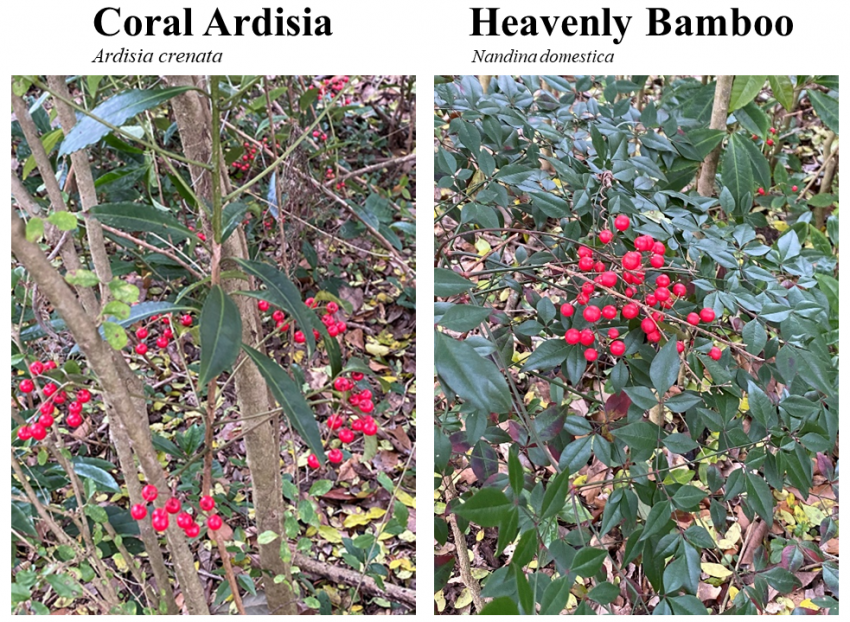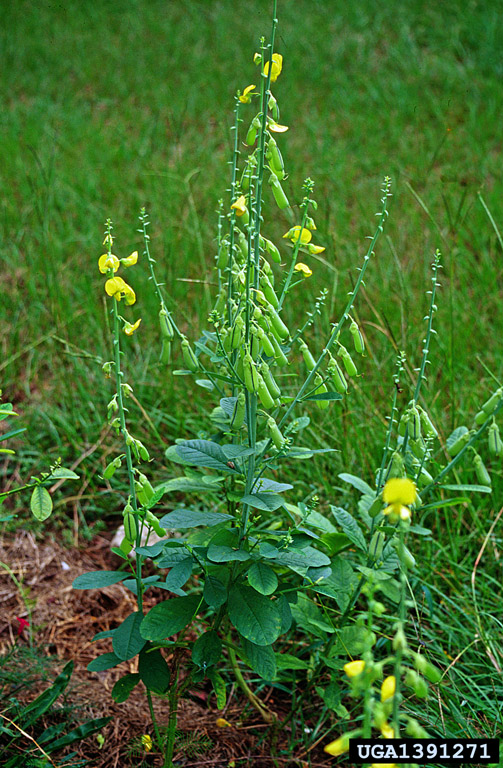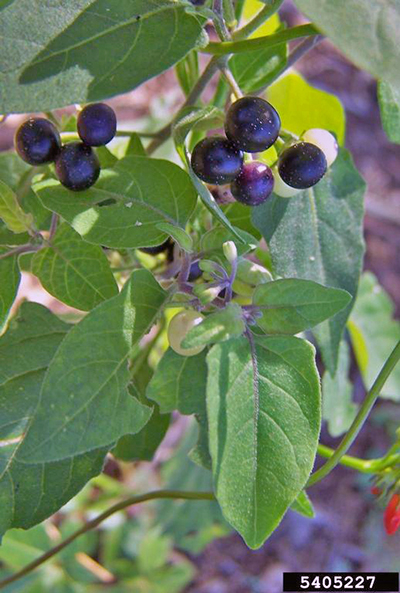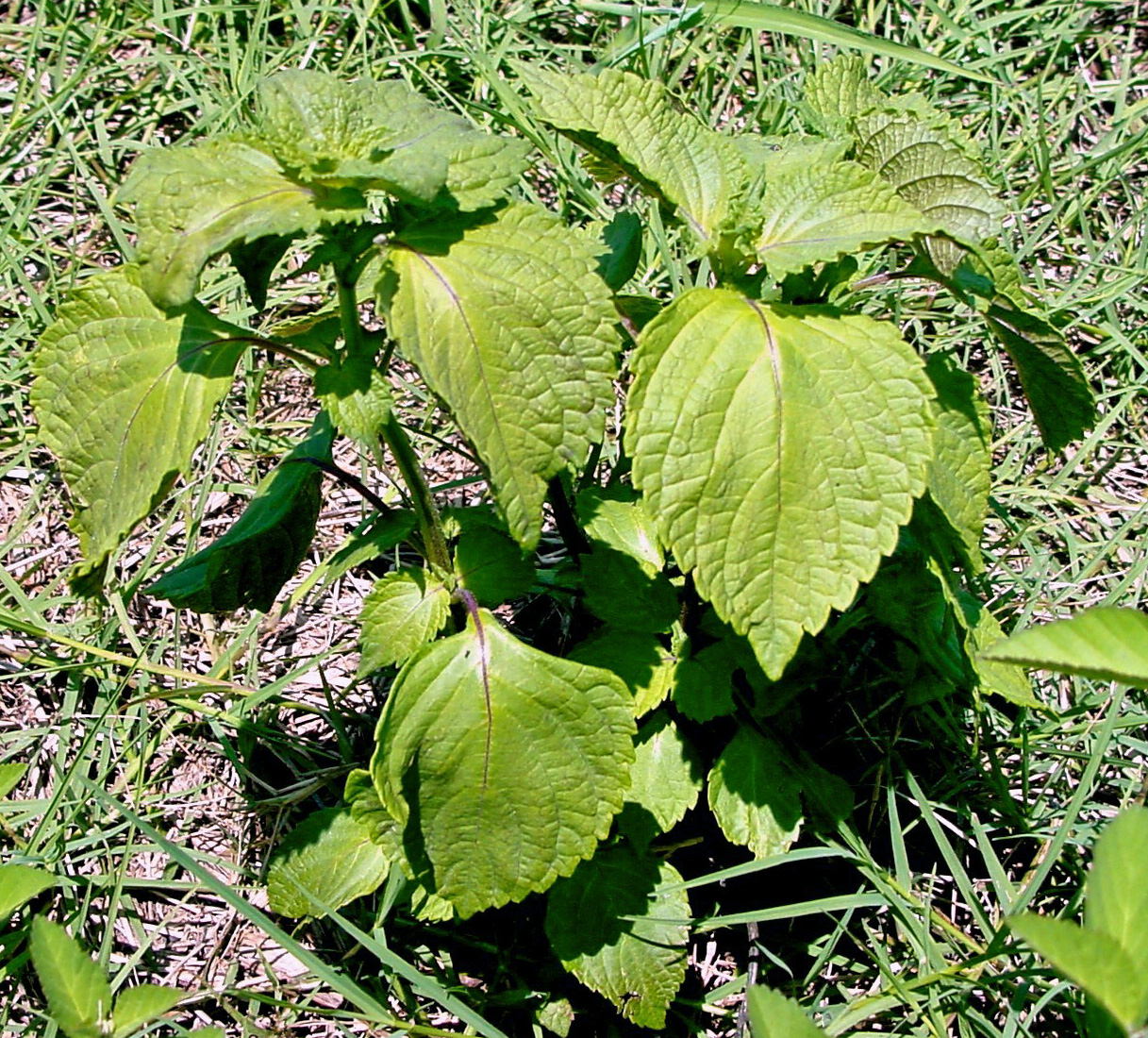Weeds are always a concern for pastures and hay fields. However, some of these weeds can be toxic to livestock. There are some fall and winter weeds livestock producers should be aware of and look out for. This especially becomes an issue when we experience drought conditions and forage in the field becomes scarce. When livestock do not have good forages to eat, they begin to consume less desirable species, including toxic weeds. Many times, these weeds are on the fence lines or other out-of-the-way areas that are not routinely monitored. Even if it’s a little extra work, it is important to monitor these areas and make sure toxic weed populations are not building in areas that your livestock can access. The following are some, but not all, of the common toxic plants that your livestock may encounter this time of year.
–
Coral Ardisia and Nandina Domestica
Currently UF/IFAS Extension is working with the USDA Poisonous Plant Research Lab in Logan, Utah to study the toxicity levels of Coral Ardisia and Nandina Domestica on ruminant species (cattle, sheep, and goats specifically). Both species were historically used as ornamental landscape plants. You can find these two plants growing near old homesteads across the Florida Panhandle. We know these are toxic, but we are working to see just how toxic they are to ruminants. Coral Ardisia is no longer allowed to be sold as an ornamental, because it is highly invasive and negatively impacts native upland habitats. Nandina is still a commonly sold as an ornamental, though its popularity has dropped significantly in recent decades.
Coral ardisia, also known as Ardisia crenata, is an evergreen shrub native to East Asia, including regions of Japan, China, and Southeast Asia. It’s cultivated for its ornamental qualities, featuring glossy, dark green leaves, and clusters of vibrant red berries. These berries often appear in the fall and winter, adding a pop of color to gardens and landscapes. The berries of the coral ardisia are attractive to birds, which eat them and aid in seed dispersal, contributing to the plant’s potential to spread quickly. However, despite its invasive tendencies, it’s still a popular ornamental plant in some areas due to its striking appearance.
Nandina domestica, commonly known as heavenly bamboo or sacred bamboo, is an ornamental shrub that despite its name, is not a true bamboo but rather a member of the Berberidaceae family. It’s native to eastern Asia, particularly China and Japan. This plant is valued for its attractive foliage and colorful berries, often used in landscaping and gardens. Nandina domestica is characterized by its bamboo-like growth habit, with multiple upright stems and pinnate leaves that change color throughout the seasons. In spring and summer, the leaves are usually green, turning red, bronze, or purpleh in the fall and winter, adding vibrant colors to gardens. Additionally, it produces clusters of bright red berries in the fall, which persist through winter, providing food for birds. It’s a hardy and adaptable plant, tolerant of various soil conditions and relatively low maintenance. However, in some regions, it’s considered invasive due to its ability to spread and dominate an area, impacting native flora.

Coral ardisia or Ardisia crenata (left) and Heavenly bamboo or Nandina domestica found in a wooded pasture in Gadsden County, FL on January 24, 2021. Both species are suspected in cattle poisoning, resulting in death. Credit: Ann Blount, UF/IFAS
–
Showy Crotalaria
Showy Crotalaria is a prolific seed producer and can spread very quickly year over year. The seeds can remain in the soil for many years ungerminated in the soil. A small hotspot of this weed left uncontrolled can lead to larger issues in just a few years. Lack of suppression in fallow fields and forest habitats continually bolster the population of Showy Crotalaria. This weed is highly toxic and can kill livestock.
Crotalaria, commonly known as rattlebox or rattleweed, is a genus of flowering plants that includes a variety of species. Crotalaria spectabilis (Showy Crotalaria) is a flowering plant native to tropical Africa and parts of Asia. The flowers of Crotalaria spectabilis are bell-shaped and can be quite striking, with a vibrant yellow coloration that stands out in garden settings. The plant itself can reach heights of up to several feet, adding to its visual impact. While it’s appreciated for its ornamental value and ability to attract pollinators like bees and butterflies, Crotalaria spectabilis is also known to be toxic to livestock, particularly when consumed in large quantities. The plant contains alkaloids that can be harmful if ingested by animals.
–
American Black Nightshade
This is pasture weed, sometimes called deadly nightshade, is native to North America. Deadly Nightshade is a very drought hardy plant, so when competition is suppressed by drought, this toxic weed can flourish. American black nightshade, Solanum americanum, is a plant belonging to the Solanaceae family, which includes tomatoes, potatoes, and eggplants. It’s a weedy, annual herb that grows in various environments, including fields, gardens, and disturbed areas, and it’s widespread throughout North and South America.
The plant is characterized by its small white flowers and clusters of black or dark purple berries, which resemble small tomatoes. The berries are toxic if consumed in large quantities. They contain solanine, a toxic alkaloid found in other members of the Solanaceae family. This is a pasture weed that livestock producers should be scouting for around fencelines all year long.
–
Perilla Mint
Commonly referred to as beefsteak mint, Perilla Mint is a toxic weed that you can find in damp and shady areas of pastures frequented by cattle looking for relief from hot dry conditions. Perilla Mint, scientifically known as Perilla frutescens, is an aromatic herb belonging to the mint family Lamiaceae. Native to East Asia, it’s grown for its culinary uses, ornamental value, and in traditional medicine. Perilla Mint can pose a significant risk to livestock when ingested in large quantities. Perilla Mint toxicity can lead to a condition known as perilla mint poisoning, resulting in symptoms such as respiratory distress, digestive issues, and potentially fatal consequences. Consumption of Perilla Mint can cause severe lung damage in cattle, leading to labored breathing and respiratory distress. In horses, it can result in similar symptoms and can be particularly harmful if consumed consistently over an extended period.
–
Prevention strategies for livestock produce to deter toxic weed consumption
The best strategy to prevent livestock from consuming toxic weeds is to ensure ample forage is available. When given a better option livestock are much less likely to consume toxic weeds. However, there is still a risk of accidental grazing, or curious livestock. When we have drought conditions and perennial and annual forages are not available in sufficient quantities, producers should supplement their livestock with quality hay, protein and mineral as needed. Additionally, diligent scouting of fields (including fence lines and wooded areas) can prevent toxicity issues and future weed problems.
- After an Eventful Winter, Inspect and Prepare Equipment for the Growing Season - April 11, 2025
- To Control or Not to Control Winter Weeds? - November 1, 2024
- Taking an Integrated Approach to Internal Parasite Control for Small Ruminants - May 17, 2024



